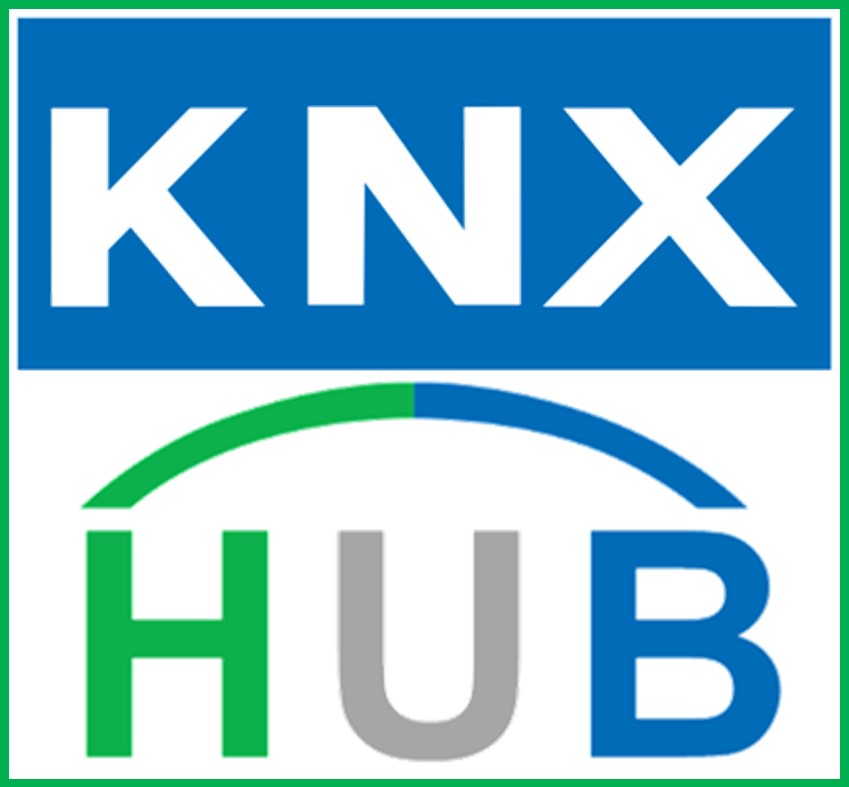OVERVIEW
The KNX DALI Gateway connects the KNX bus to the DALI bus. Lights with DALI electronic ballasts can therefore be integrated into a complete KNX system in the form of a subsystem and operated using the wide range of KNX devices available.
The device converts switching and dimming commands of the connected KNX system into corresponding DALI telegrams or status information from the DALI bus into KNX telegrams.
Most common KNX DALI gateways comes with Single and two Channel DALI . The electronic ballasts can be switched, dimmed or set to a defined value in 16 groups for each gateway.
The DALI control cables can be routed in a 5-core cable together with the wires for conducting mains voltage (single basic insulation is sufficient) in accordance with EN 60929.
A maximum cable length of 300 m must not be exceeded for the entire DALI installation of a segment (recommended cross-section 1.5 mm2).
Available in brands: Schneider, Theben, Panasonic, ABB, Hager, Siemens, Ipas.

DALI Gateway
- The power required for up to 64 connected electronic ballasts is supplied directly from the gateway. No additional DALI power supply is required, nor is this permissible.
- The special interface for configuration of the DALI segment is designed as a DCA (Device Control App) for the ETS. Note that, in addition to the product database (knxprod file), a corresponding ETS app (etsapp file) is also installed. Both files are available in the KNX online catalogue and on the manufacturer website.
- DALI devices for single-battery emergency lights of device type DT-1 can be read by the gateway and switched and operated via DALI telegrams if required. DALI commands for starting and reading test results are not supported.

A – KNX bus connecting terminal
B – Programming button, normal/programming mode
C – Programming LED, normal/programming mode
D – DALI output terminals: D1 (channel 1) and D2 (channel 2)
E – Operating buttons with a status LED (red) for each group (1-8 and 9-16) for manual mode (group operation/group status, broadcast and service functions)
F – Mains connection
G – Operating button with status LED (RGB) for activating manual mode
FEATURES OF DALI GATEWAY:
1/2 independent DALI channels
Addressing of 16 DALI groups per channel
Flexible DALI commissioning concept in ETS Application.
Coloured light control with the support of ballasts of device type 8
Coloured light control depending on ballast subtype: – Colour temperature (DT-8 subtype Tc) – XY colour (DT-8 subtype XY) – RGB (DT-8 subtype RGBWAF) – HSV (DT-8 subtype RGBWAF) – RGBW (DT-8 subtype RGBWAF) – DT-8 subtype PrimaryN is not supported
Support of timer programmes for control of groups by value and/or colour
Various operating modes for groups such as continuous operation, night mode, staircase mode
Integrated operating hours counter for each group, with alarm once the end of the service life has been reached
Individual fault detection with objects for each individual light/electronic ballast
Complex evaluation of faults at group/device level with fault number and fault rate calculation
Fault threshold monitoring with individually adjustable threshold values
Scene module for comprehensive programming of scenes
Quick exchange function for simple replacement of individual defective electronic ballasts
Manual operation of group and broadcast telegrams via operating buttons on the device
Signalling of fault states and statuses via LEDs on the device.
Steps to start up the KNX DALI gateway:
1 : Wire the DALI segment
2: Connect the gateway to DALI and KNX bus
3: Connect the gateway to the mains voltage

4: Load the ETS application program (.knxprod) and install the ETS app (.etsapp)

5: Configure the ETS parameters and objects



6 Start up the ETS-DCA DALI
7 Assign the ETS-DCA DALI groups

8 ETS download of application
Thank You!!



One response to “KNX DALI Gateway & Controllers For Lights”
[…] Control ( Phase Cut, DALI, Analog, on/off, DMX […]